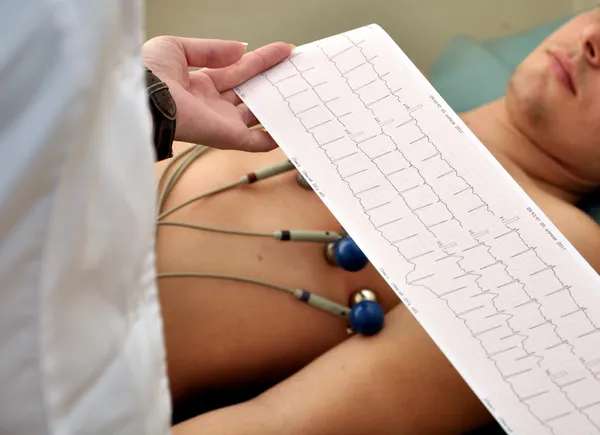Basic ABG Interpretation

Let’s talk ABGs. Let’s keep it simple. We are not talking about compensation here. We are just determining metabolic/respiratory and acidotic or alkalotic conditions. This is the NCLEX level for ABGs!
Put numbers into perspective-think dimes and dollars.
The PH scale is 0 to 14 (in dollars $14 or in dimes 1400 dimes).
The normal PH of human blood is 7.35-7.45 ($7.35 to $7.45-that is only a 1 dime range in 1400 dimes). We are a fine-tuned machine!
Can you see the normal range for human blood is a very small range compared to the entire scale?
Can you see we are not balanced in the middle at 7? We are a bit more alkalotic than we are acidic. I like to think that human blood is a little sweeter than sour.
Remember the 35 and the 45 from the above numbers-that is the normal range for our second element of the ABG determination — PaCO2 (notice the 2 -consider this 2nd). The normal range for RESPIRATORY effectiveness is 35-45. IF this is out of range your patient is in RESPIRATORY distress.
What comes after 2? That’s easy. It is 3. The third normal range we consider when reading ABGs is HCO3. This determines if your patient is in METABOLIC distress. The normal range is 22-26.
Reading ABGs is simple IF you follow a specific order:
1. Determine if the PH is normal, acidic (<7.35), or alkalotic
(>7.45).
2. CO2 is out of range – if so you have a RESPIRATORY issue. If it is within normal range go to step 3.
3. HCO3 is out of range – if so you have a METABOLIC issue.
Examples:
PH 7.31, CO2 31, HCO3 22 = Respiratory Acidosis
PH 7.47, CO2 36, HCO3 27 = Metabolic Alkolosis
PH 7.31, CO2 36, HCO3 29 = Metabolic Acidosis
PH 7.50, CO2 31, HCO3 26 = Respiratory Alkolosis
Next, we will talk about the fine line of the teeter-totter condition of COMPENSATION. Check back for another quick lesson you won’t forget from the STUDENT NURSE.
Do you want help passing the NCLEX? We are available for one-to-one tutoring! www.thestudentnurse.com

